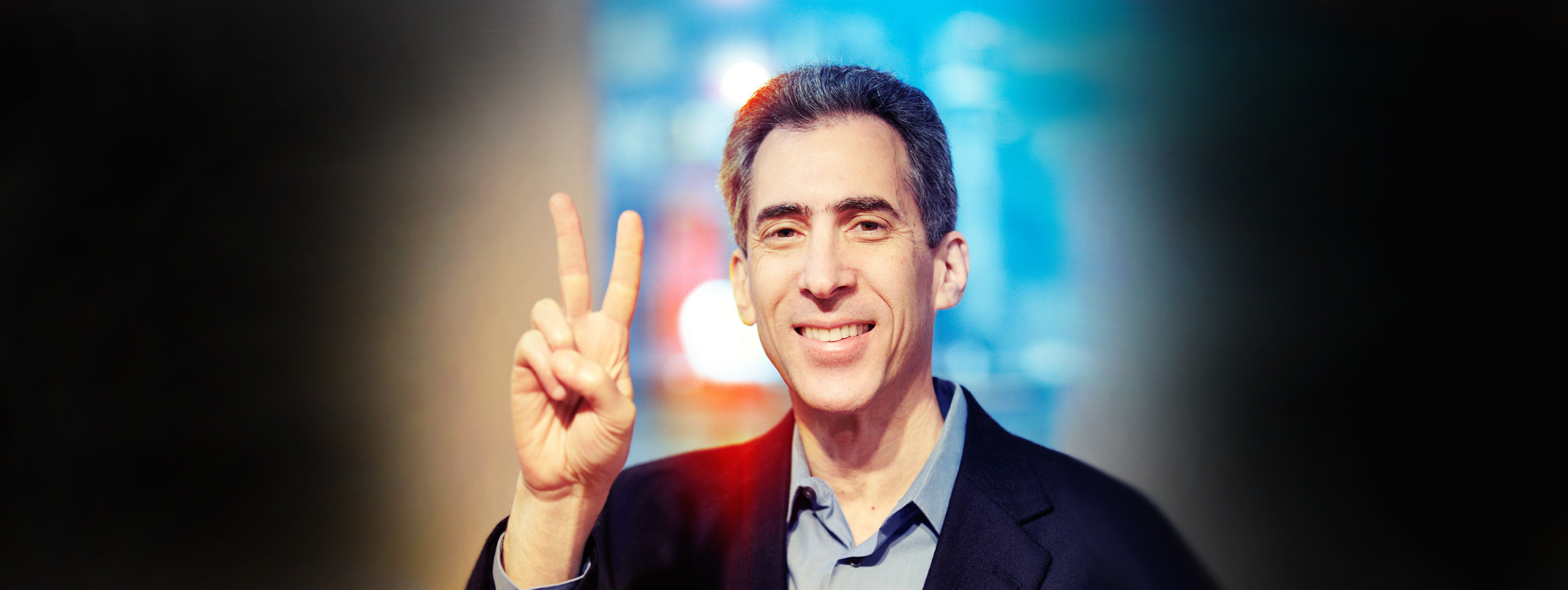The Vanishing Double Lip Clarinet Embouchure
by Mitchell Estrin
Date Posted: February 20, 2018

In the 21st century, it is accurate to say that a very small percentage of clarinetists use a double lip embouchure. Much more prevalent in the 19th and early 20th centuries, the double lip embouchure has decreased in popularity as time has passed.
Most clarinetists incorporate a traditional single lip embouchure, folding their lower lip over the lower teeth and placing their upper teeth directly on the beak of the mouthpiece. A double lip embouchure is akin to the embouchure used by oboists. The lower lip is as noted above, but the upper lip is folded over the upper teeth and comes directly into contact with the mouthpiece beak. Each embouchure produces unique tonal characteristics. Single lip is noted for clarity of tone, flexibility in achieving extreme dynamics and range, and ease of execution. Double lip opens the oral cavity, thus producing a velvety and resonant tone quality and a liquid legato.
In his excellent book, Clarinet Teaching and Performing Practices in the United States and Canada, written in 1973, Cecil V. Gold polled 162 leading professional clarinetists. He reported that 142 performed with single lip and 20 with double lip embouchures (about 12%). The percentage of double lip players has decreased further since that time. Some of the greatest clarinetists in history employed the double lip embouchure. The 20th century list includes Louis Cahuzac, Reginald Kell, Ralph McLane, Harold Wright, Gino Cioffi, and David Weber. Some of today’s leading players who use double lip embouchure are Vandoren Artists John Yeh and Eugene Mondie, as well as the late Kalmen Opperman and his students Richard Stoltzman and Steve Hartman.
So, why does the modern player favor single lip? There are several practical reasons. Firstly, double lip is more difficult for younger players to learn and achieve, as it initially has less embouchure stability and requires greater muscle control of the upper lip. The great clarinetist Al Gallodoro was once asked in a masterclass whether he used single or double lip. He responded “single lip”. When pressed as to why, he is reported to have quipped, “I would rather one lip hurt than two!”
In any case, single lip players should emulate the “feel” of double lip in order to keep the oral cavity open. I know a number of professional players who use double lip in their warm-up to achieve the open oral cavity feeling and then revert to their single lip embouchure when practicing and performing.
So which embouchure is right for you and your students? Listen to these links of prominent double lip players, try both embouchures in your practice sessions and and make up your own mind. Every musician has an individual voice and must seek the sound they wish to produce.
Examples of double lip performances:
The great Louis Cahuzac performing his own composition Cantilena
Harold Wright's brilliant artistry in Schubert's "Shepherd on the Rock"
Reginald Kell's memorable Brahms Quintet with the Busch String Quartet (Live from 1936)